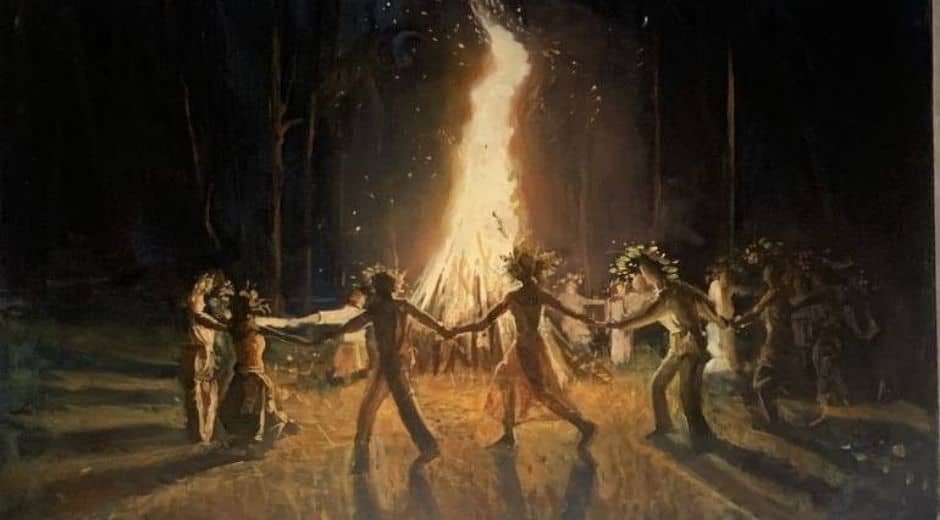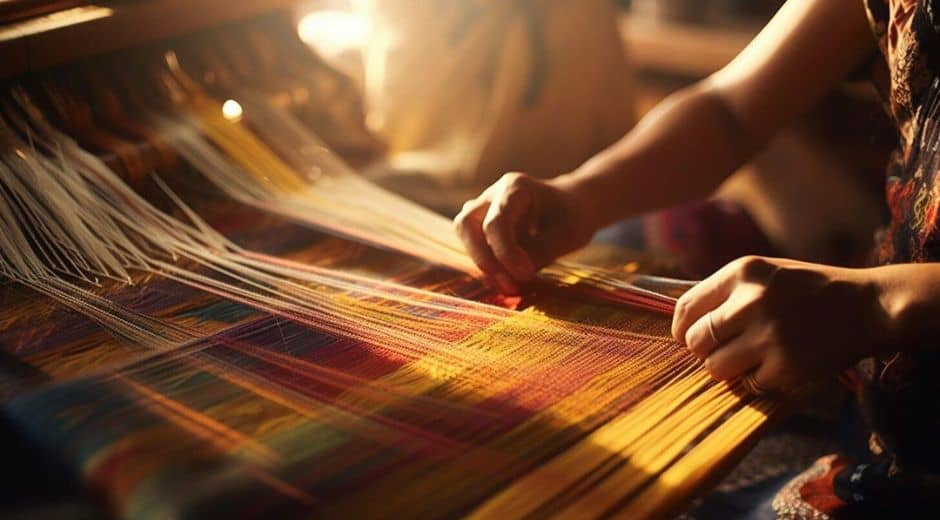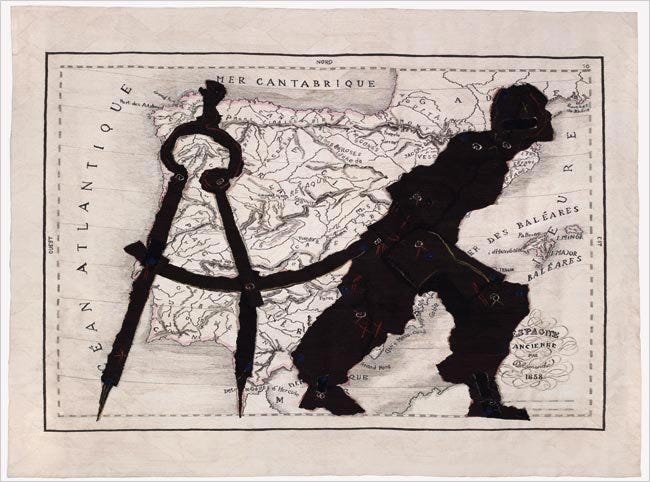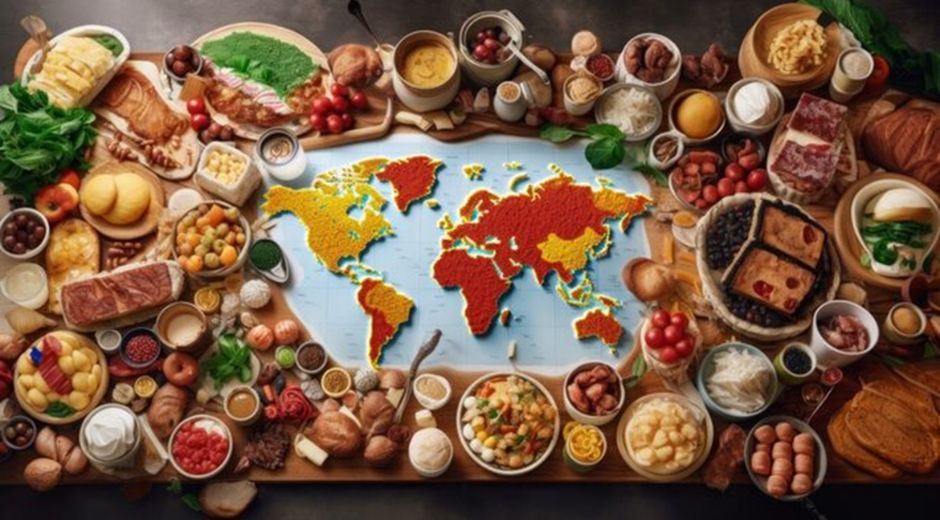How Traditions Evolve Through Modern Life
Culture never stands still.
Even the customs we think of as ancient have shifted over time — shaped by migration, communities, and the pace of daily life.
Traditions don’t fade because the world changes; they evolve with it.
What remains constant is not the form, but the connection people feel to their roots, no matter how life transforms around them.
1. How Traditions Shift Across Generations
Every generation leaves its mark on inherited customs.
Some keep practices exactly as they remember them; others reinterpret them to match the times.
For example:
A celebration once held in large gatherings may move into smaller spaces.
Rituals once led by elders may be shared online so families in different countries can join.
Old recipes may be adjusted with modern ingredients while preserving their original essence.
Even subtle changes give traditions new life, keeping them relevant without breaking their origins.
👉 See how structure and visual organization shape perception in
“The Hidden Architecture Behind Composition”
https://museatime.com/illustration-drawing/composition-hidden-architecture/
2. The Influence of Everyday Environments
Cities, neighborhoods, and community spaces influence how customs unfold.
A cultural festival celebrated in a small village takes on new layers when moved to a bustling metropolis.
Music, attire, and rituals adapt to the environment, blending old practices with modern surroundings.
These shifts don’t replace the original — they expand it, creating cultural expressions that reflect the world we live in today.
3. Sharing Heritage Through Digital Spaces
Technology has become a new gathering place.
People share recipes, ceremonies, and traditions through videos, live streams, and online communities.
This digital sharing allows:
Younger generations to reconnect with roots
Diaspora communities to maintain customs across distance
Forgotten practices to regain visibility
Instead of diluting culture, digital spaces have become vessels that keep customs accessible, especially for those far from home.
4. The Emotional Weight of Tradition
Even when customs shift, their emotional importance remains.
Traditions offer continuity — a familiar thread between childhood memories and adult identity.
They remind us where we come from, who shaped us, and what we value.
This emotional connection encourages people to protect traditions even as they evolve.
It’s not nostalgia — it’s identity.
5. Adaptation Strengthens Traditions, Not Weakens Them
Many fear that change will erase heritage.
Yet history shows the opposite.
Traditions that adapt survive; those that resist often fade.
Adaptation respects the past while allowing room for new growth, such as:
Reimagining ceremonies to include blended families
Updating attire to match modern comfort
Translating ancestral knowledge into new languages
These updates prove that traditions are not relics — they are living practices carried through time.
6. Cultural Exchange as a Source of Renewal
When people interact across backgrounds, customs naturally merge and influence one another.
This blending is not loss — it is enrichment.
It creates new layers, new perspectives, and new ways to express heritage.
Modern life is filled with examples:
Music that combines multiple origins
Architecture inspired by different regions
Cuisine celebrating influences from around the world
Cultural exchange doesn’t erase identity — it expands it.
7. The Role of Family and Community
Communities are the keepers of tradition.
They pass down stories, rituals, and celebrations that anchor identity.
Family gatherings, shared meals, and seasonal rituals carry meaning that survives even when their outward forms evolve.
Parents and elders play a crucial role, offering guidance and continuity.
For helpful resources on nurturing connection and mindfulness within the family, visit:
FocusMindFlow.com
https://focusmindflow.com/
8. The Future of Tradition
Traditions will continue to shift as the world changes.
Urbanization, migration, and new lifestyles will influence how customs take shape.
But the heart of tradition — belonging, roots, memory — remains constant.
The future of tradition is not about preservation alone; it is about carrying values forward in ways that speak to today’s realities.
Conclusion: A Bridge Between Past and Present
Traditions evolve because life evolves.
Yet their essence remains intact — connection, identity, and continuity.
“Traditions change shape, but their roots stay strong.”
By allowing customs to adapt while honoring their origins, we keep them alive for generations to come.
The past guides us, the present shapes us, and together they create a heritage that continues to grow.
Inspiration Expression Eternity

Shaping Atmosphere: How Visual Choices Transform a Space
A space changes instantly through form, color, shadow, and arrangement. Explore how thoughtful visual decisions influence mood and elevate everyday interiors.

Shaping a Scene: How Structure Guides the Eye
Every sketch benefits from structure. By guiding the viewer’s eye with thoughtful arrangement, illustrators create pieces that feel intentional, balanced, and visually inviting.
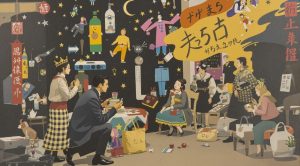
How Traditions Evolve Through Modern Life
Traditions don’t disappear as time passes — they shift, adapt, and take on new forms. Explore how modern life reshapes long-standing customs while keeping their spirit alive.





